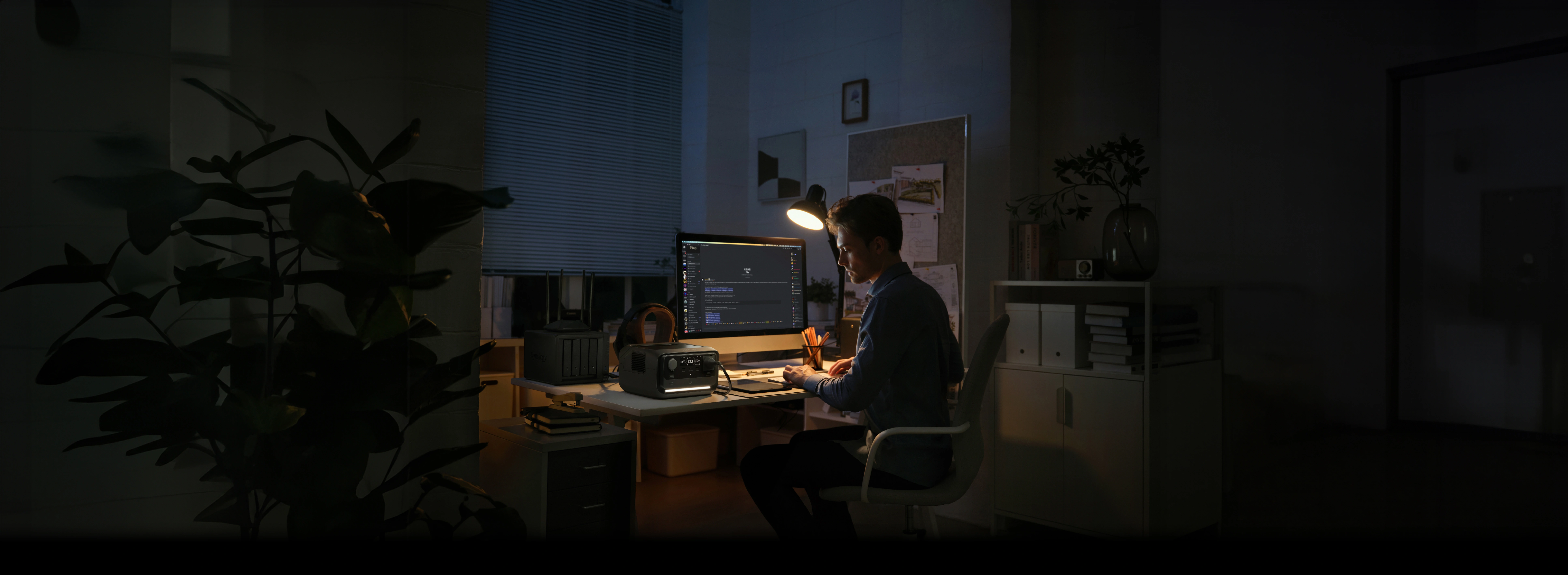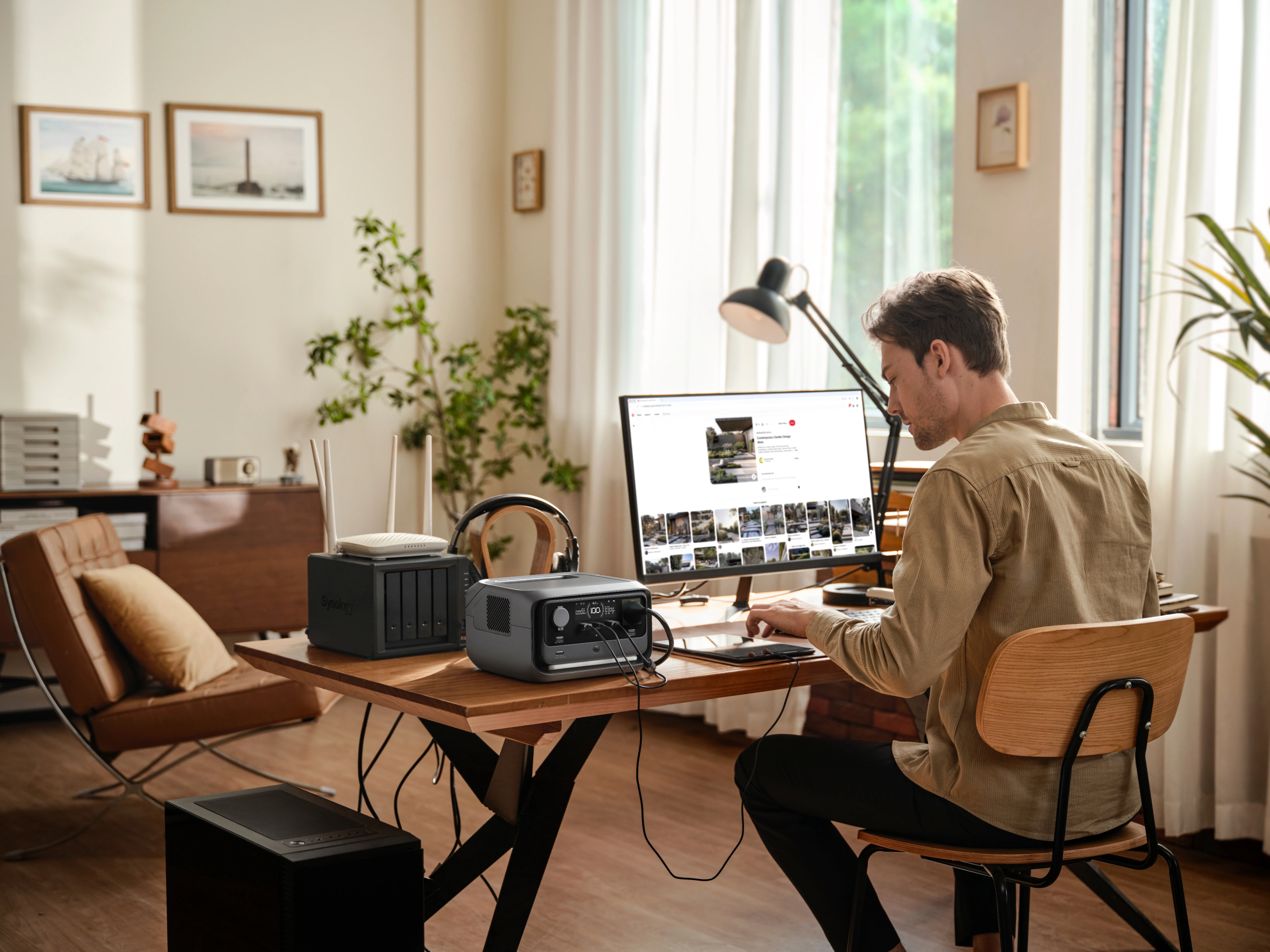- Where Do Dog Enrichment Ideas Start Indoors?
- Everyday Boredom Busters That Actually Work
- How to Run Cameras, Feeders, and Toys Without Cord Chaos
- When Should You Schedule Play, Rest, and Calm?
- DIY Dog Enrichment Ideas That Cost Almost Nothing
- A Simple Seven-Day Rotation That Prevents Burnout
- Safety and Tracking Keep Progress Visible
- Turning Dog Enrichment Ideas Into a Calm Routine
- 5 FAQs About Safe, Smart, and Stress-Free Indoor Routines
Turning Indoor Spaces Into Daily Adventures for Dogs: Smart Enrichment Ideas at Home
- Where Do Dog Enrichment Ideas Start Indoors?
- Everyday Boredom Busters That Actually Work
- How to Run Cameras, Feeders, and Toys Without Cord Chaos
- When Should You Schedule Play, Rest, and Calm?
- DIY Dog Enrichment Ideas That Cost Almost Nothing
- A Simple Seven-Day Rotation That Prevents Burnout
- Safety and Tracking Keep Progress Visible
- Turning Dog Enrichment Ideas Into a Calm Routine
- 5 FAQs About Safe, Smart, and Stress-Free Indoor Routines
Indoor time can stretch long for an active dog. Chewed cushions and door scratching often signal boredom. This guide focuses on simple moves that fit real homes in the US. You will set small zones, keep sessions short, and use clean power for a few smart devices. This guide offers dog enrichment ideas you can run in minutes. With steady routines, dog enrichment ideas at home turn quiet corners into daily adventures.
Where Do Dog Enrichment Ideas Start Indoors?
Begin with the layout. Clear a little space, then give each spot a job so your dog knows what happens there. A plan for the room reduces guesswork for you and gives your dog a map to follow. When spaces are labeled by use, training gets easier and stress drops.
Set Up Three Small Zones
- Sniff Zone for nose work and foraging.
- Puzzle Zone for problem solving.
- Calm Zone for rest and recovery.
A hallway, a living room corner, and a spot near a window cover most homes. Keep zones compact. Use wipeable mats, storage bins, and cardboard that you can replace. Teach the flow: sniff first, puzzle second, settle last. This order curbs overexcitement and builds a habit your dog can predict.
Keep Materials Simple
- Cardboard boxes and paper balls for hiding kibble.
- Towels and old T-shirts for scent play.
- A non-slip mat to mark the calm zone.
Follow a Short Flow Rule
Guide one circuit from zone to zone. Rotate props by day. Fewer changes help your dog understand the plan and relax faster.
Everyday Boredom Busters That Actually Work
Short, focused sessions work better than marathons: aim for five to ten minutes and follow with a pause. Dogs tend to stay calmer when they learn that effort is brief and relief is coming, and this rhythm also fits a busy workday.
Hallway Scent Trail
Line the hallway with a few cups and tuck kibbles under some of them, changing the pattern each day. Finish with a single higher-value treat at the end, so curiosity builds as your dog works forward. This simple routine curbs pacing and channels energy into scent work.
Cardboard Dig Box
Fill a shallow box with crumpled paper and add a couple of larger objects to slow digging. Bury two or three treats and let your dog explore at their own pace. When the game ends, check for loose bits and recycle the worn paper.
Settle on a Mat
After the search game, there is a brief settle period on a mat where calm breathing and soft eyes earn quiet rewards. Wrap up when the body loosens and the chest rises and falls in an easy rhythm, so relaxation becomes the natural end to play.


How to Run Cameras, Feeders, and Toys Without Cord Chaos
Many homes use a camera, an automatic feeder, an interactive toy, and a humidifier. One power strip gets messy fast. A cleaner setup keeps devices steady and safe. It also saves time because you are not chasing restarts or untangling cords.
Create a Central Power Hub
Place a portable power station where devices live. Plug AC and USB ports there so everything draws from a single, reliable source. Label each cable. Use removable adhesive cable clips to protect walls in rental homes. This hub keeps restarting rarely and makes schedules easy to follow.
Example pick: EcoFlow RIVER 3 Plus Portable Power Station. It offers fast auto switchover for uninterrupted daily living, whisper-quiet operation for indoor spaces, and upgraded app control for remote monitoring and alerts.
Keep Tidy Cable Hygiene
Clip cords along a wall or furniture line.
Group cables with hook-and-loop straps.
Add small labels near plugs.
Keep Safe Distances
You should give moving toys space; keep cables 1–2 feet from rolling balls or wobble toys and lift any slack above paw height to prevent tangles and chewing.
When Should You Schedule Play, Rest, and Calm?
Rhythm reduces stress. Once your layout is set, time blocks give the day shape. A simple schedule helps your dog predict the next activity and settle faster in busy households.
Three Daily Blocks
- Morning for nose work and easy puzzles.
- Midday for a settle window with soft music or gentle white noise.
- Evening for a higher-energy game followed by a mat routine.
Keep active windows short. Ten to fifteen minutes of focused activity often meets the need in small spaces. These dog enrichment ideas fit small apartments and busy days.
Plan Around Noise and Light
Yard crews and construction start early in many neighborhoods. Delivery peaks late afternoon. Use masking sounds during those hours. Dim lights in the last hour of the evening. Small signals help the nervous system settle.
Remote Support When You Are Out
A camera helps you spot pacing or door guarding. A feeder can split meals into smaller portions. A humidifier may ease breathing in dry climates. Set simple schedules so devices support the plan without constant tweaking.
DIY Dog Enrichment Ideas That Cost Almost Nothing
You can build a full week of variety from items you already own. Here are dog enrichment ideas DIY that set up fast and store in one basket. A small kit within reach makes it easy to start a session without delay.
Towel Roll Snack
Kibble runs along a towel, which you roll snugly and knot lightly; give a brief search cue, then swap in a fresh towel after a few uses to keep the scent novel.
Scent Comfort Bin
A worn T-shirt sits in a bin with a few treats tucked underneath. The familiar scent often settles dogs during solo time; still, watch for chewing and pull any loose threads.
Bottle-on-Rope Dispenser
A clean plastic bottle threaded on a rope hangs low so a gentle nudge drops two or three kibbles. Check for cracks regularly and replace at the first sign of wear.


A Simple Seven-Day Rotation That Prevents Burnout
Variety helps when it follows a pattern. A weekly loop keeps planning light and results steady. It also prevents the new toy every day trap and makes progress visible.
Theme Map for the Week
- Mon scent day with a hallway trail.
- Tue puzzle day with cups and boxes.
- Wed stretch and mobility with slow targets and gentle bends.
- Thu indoor fetch or treadmill at a safe pace.
- Fri calm skills on the mat with focus games.
- Sat new smells on a car ride or on a new sidewalk.
- Sun rest with light nose work only.
Intensity Matching
Young herding breeds may ask for a longer active block. Seniors often do best with short puzzles and longer naps. Adjust time by ten to twenty percent based on energy at wake-up and local weather.
Rain-Day Backup List
Keep a list in a drawer: towel roll, cup search, scent bin, place training, slow targeting, and a snuffle-mat line in the hallway. Pull from it when plans change.
Safety and Tracking Keep Progress Visible
Safety turns good plans into lasting habits. Tracking shows what works. Clear checks protect your dog and your time.
Safety Checks
- Cover or lift cords with sleeves and clips.
- Inspect toys each week for cracks or loose parts.
- Keep airflow in play corners and watch the room temperature.
- Offer fresh water close to the work zone.
Three Clear Signals
Use simple metrics so you can see progress.
- Puzzle time: how long a task takes from start to finish.
- Unwanted behaviors: door chewing, window barking, or pacing count per day.
- Return to calm: minutes from activity end to easy breathing.
Adjust with Notes
If signals improve, keep the rotation. If they stall for two weeks, change one variable at a time. Shift difficulty, move a session earlier, or shorten an active block. Small edits maintain confidence. Heat and humidity reduce stamina, so lower intensity on heavy days. Cold weather can stiffen joints, so warm up with slow targets before puzzles.
Turning Dog Enrichment Ideas Into a Calm Routine
Routines create comfort. Start with a clean power plan and clear zones. Add two short activities each day. Keep the same order so your dog learns what comes next. Praise choices that show self-control, such as nose on mat, sit at door, or eyes on you when the street gets loud.
Invite the family to help. Give each person one job. Someone lays the scent trail. Someone switches the interactive toy on for a short block. Someone checks cables and water. A shared plan reduces friction and keeps the system running on busy days.
Use dog enrichment ideas as your weekly guide. These ideas start small and grow with your dog. With a central hub for devices and a simple rotation, your home turns into a daily adventure that builds focus, calm, and trust.
5 FAQs About Safe, Smart, and Stress-Free Indoor Routines
Q1. How do you identify a well-executed plan of enrichment?
Look for three advances in fourteen days: calming down more quickly after playtime, fewer problematic behaviors (e.g., pacing and barking at the window), and quick recovery breathing in under two minutes for brief sessions. Maintain daily brief notes. If you observe no progress, change one element at a time and observe it again. Try two to three short sessions per day.
Q2. What's distinctive about dogs and the elderly?
Pups require very brief energetic episodes on soft terrain; do not repeat jumping as growth plates are immature. Attempt 3–5 energetic minutes with 10–15 minutes of recovery. Seniors require mild scent work, low-impact problem boxes, and warm-up. Discontinue with any stress or stiffening cue. Consult your vet before introducing treadmills.
Q3. How do I offer stimulation for a few dogs?
Prevent confrontations by isolating stations with baby gates or pens and with separate mats for individuals. Begin with scatter searches so competition remains minimal. Time-shift high-value puzzle access, train a calm "trade," and monitor closely. Stop immediately at the early signs of tension such as frozen stare, freezing, or stalling.
Q4. What is a safe way to begin using a treadmill inside?
Calculating the power consumption of a treadmill and obtain veterinary clearance prior to the start. Present the belt with power turned off, then praise for relaxed standing. You can try taking your dog for a walk, starting with just a minute or two, taking it easy immediately, finding a level surface, and using a supportive leash. Have hands on the harness, increment 30–60 seconds every few lessons, conclude with a mat settle, and under no circumstances leave a dog alone.
Q5. How can I cut calories and retain high nutrition?
Provide puzzle rewards from the daily meal instead of adding other snacks. Incorporate food-free activities: toy searches, food-free towel wraps, supervisory shreddable paper searches, and tracking a family member's scent. Change toys on a weekly basis to help hold interest without adding additional calories on a daily basis.